
How to Use SW1801P: Examples, Pinouts, and Specs
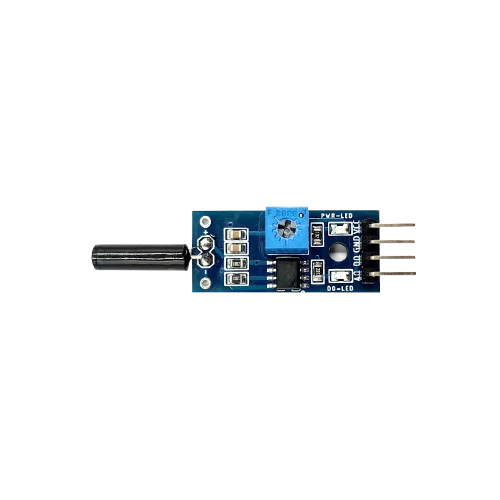
 Design with SW1801P in Cirkit Designer
Design with SW1801P in Cirkit DesignerIntroduction
The SW1801P is a miniature push-button switch designed for low-power applications. Its compact design makes it ideal for use in tight spaces, such as consumer electronics, control panels, and handheld devices. This switch is commonly used for user input, mode selection, or as a reset button in various electronic circuits. Its reliability and small form factor make it a popular choice for modern electronic designs.
Explore Projects Built with SW1801P
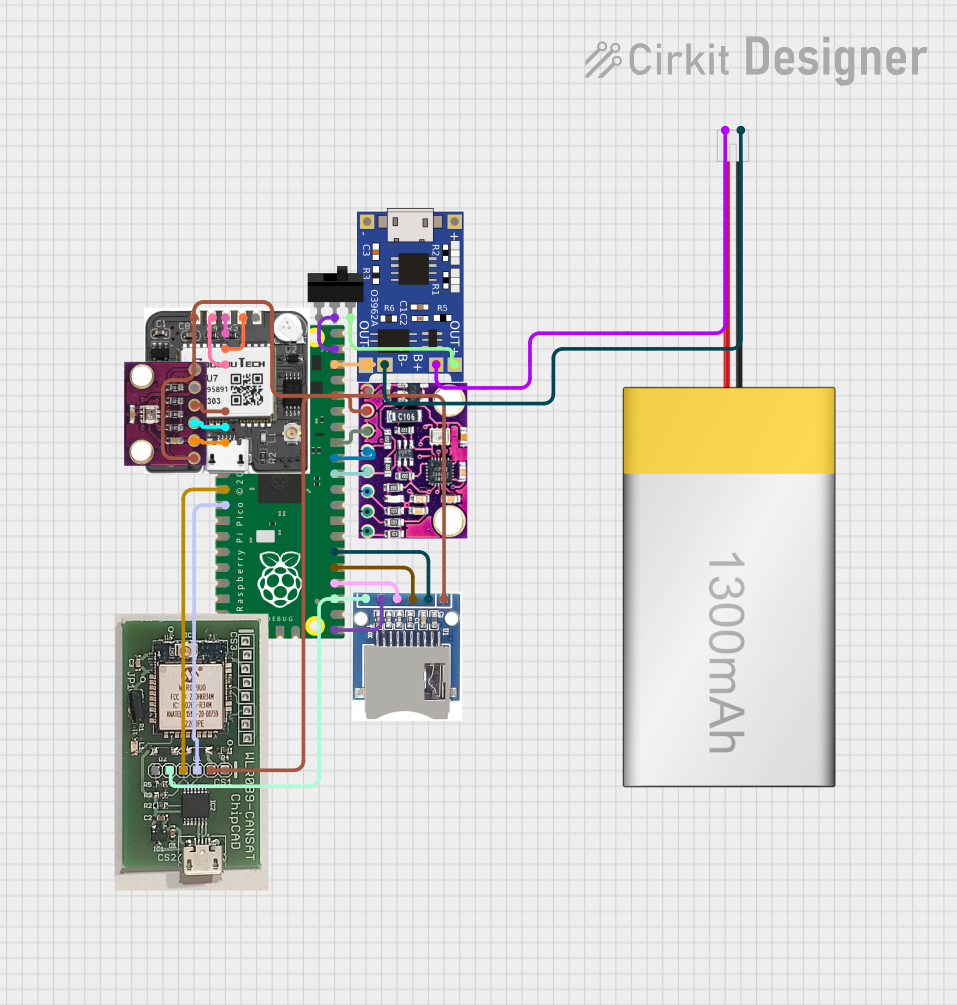
 Open Project in Cirkit Designer
Open Project in Cirkit Designer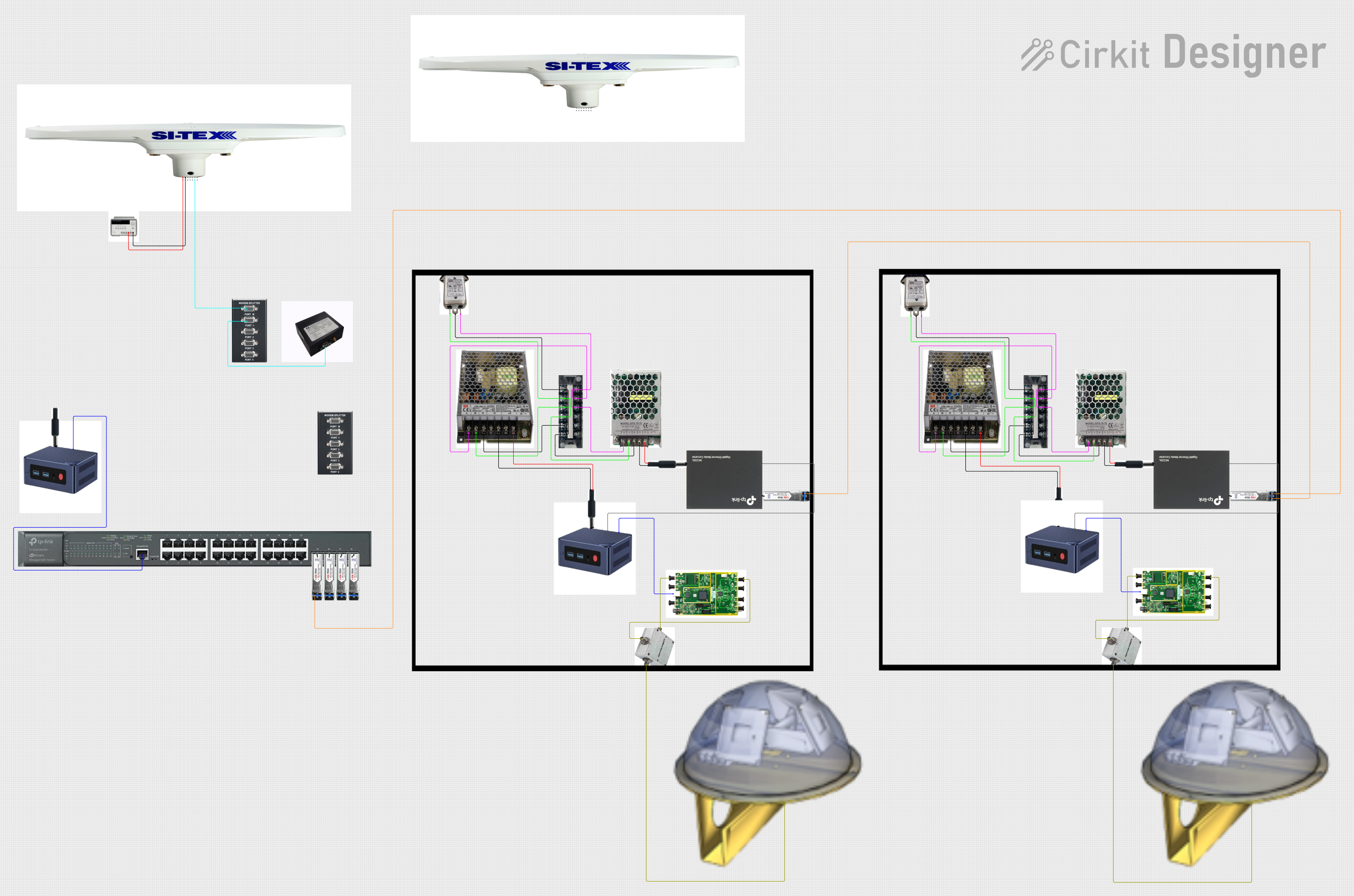
 Open Project in Cirkit Designer
Open Project in Cirkit Designer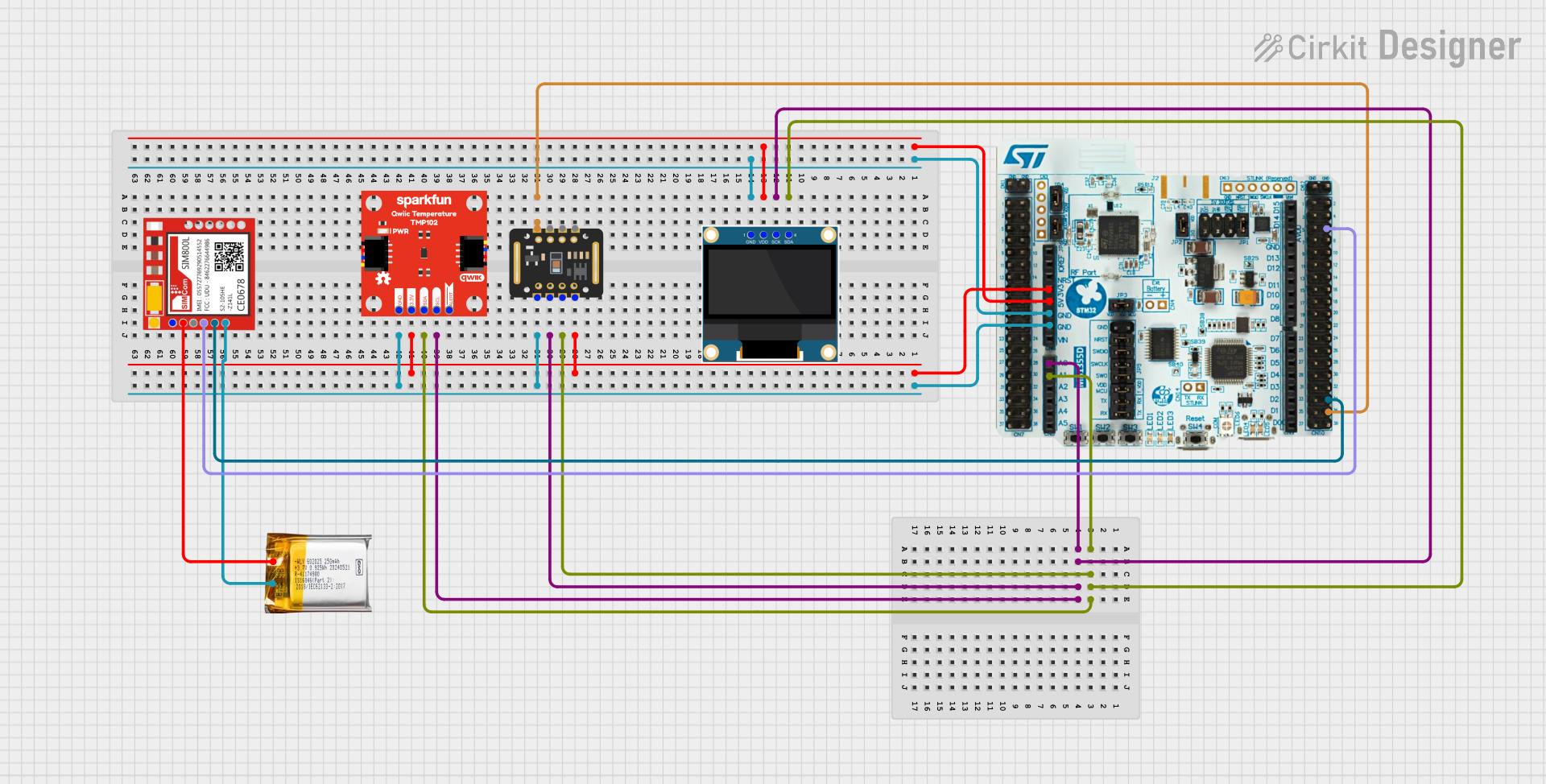
 Open Project in Cirkit Designer
Open Project in Cirkit Designer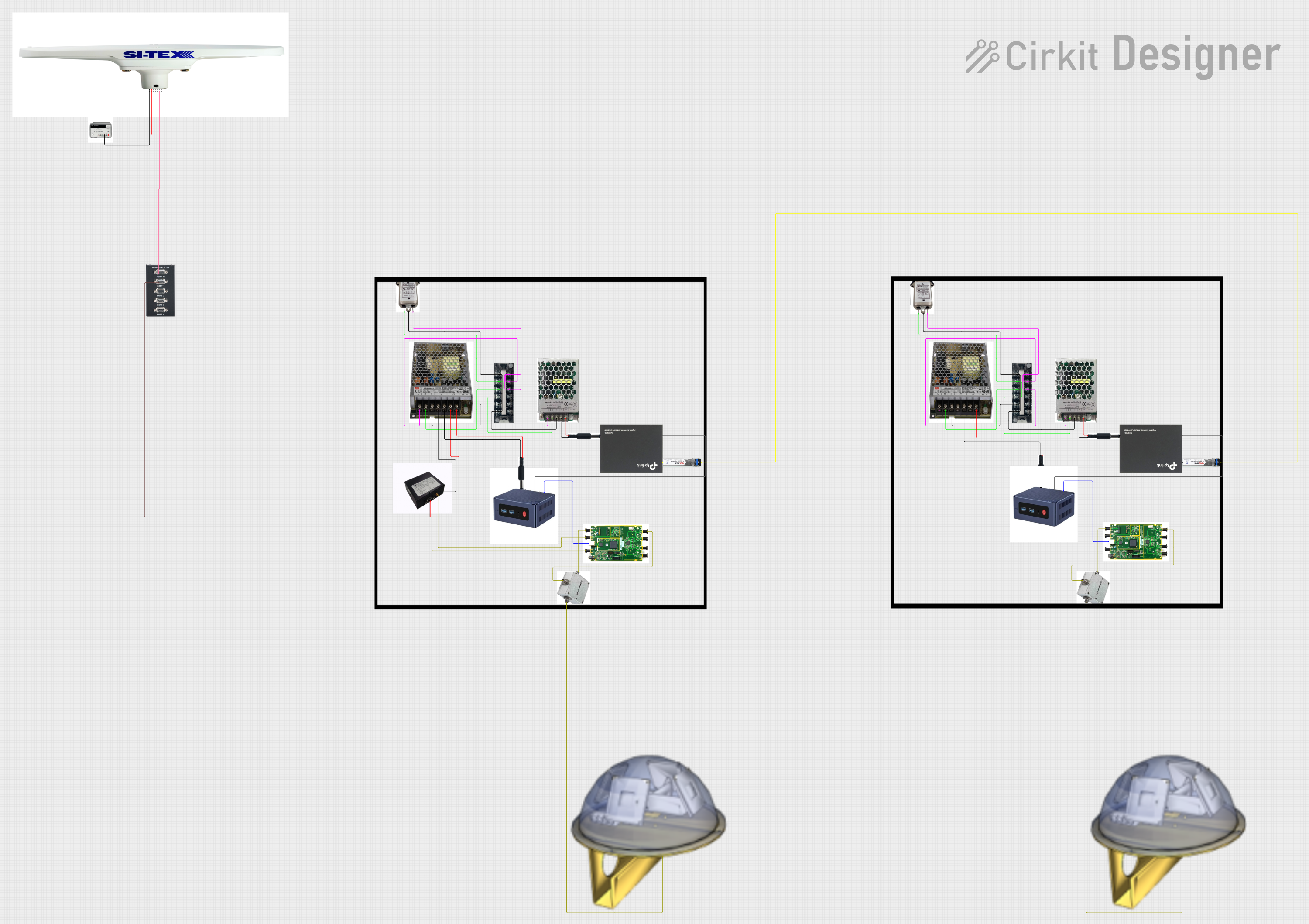
 Open Project in Cirkit Designer
Open Project in Cirkit DesignerExplore Projects Built with SW1801P

 Open Project in Cirkit Designer
Open Project in Cirkit Designer
 Open Project in Cirkit Designer
Open Project in Cirkit Designer
 Open Project in Cirkit Designer
Open Project in Cirkit Designer
 Open Project in Cirkit Designer
Open Project in Cirkit DesignerTechnical Specifications
The SW1801P is a momentary push-button switch, meaning it only maintains its state while being pressed. Below are the key technical details and pin configuration:
Key Technical Details
| Parameter | Value |
|---|---|
| Operating Voltage | 12V DC (maximum) |
| Operating Current | 50mA (maximum) |
| Contact Resistance | ≤ 100mΩ |
| Insulation Resistance | ≥ 100MΩ at 500V DC |
| Dielectric Strength | 250V AC for 1 minute |
| Operating Temperature | -25°C to +85°C |
| Mechanical Durability | 100,000 cycles (minimum) |
| Switch Type | Momentary (Normally Open) |
Pin Configuration and Descriptions
The SW1801P typically has two pins, as shown in the table below:
| Pin Number | Description |
|---|---|
| 1 | Switch Terminal 1 (connect to circuit) |
| 2 | Switch Terminal 2 (connect to circuit) |
When the button is pressed, the two terminals are electrically connected, allowing current to flow through the switch.
Usage Instructions
How to Use the SW1801P in a Circuit
Basic Connection:
- Connect one terminal of the SW1801P to the positive voltage source (e.g., 5V or 3.3V).
- Connect the other terminal to the input pin of your microcontroller or circuit, with a pull-down resistor (typically 10kΩ) to ground. This ensures the input pin reads a low state when the button is not pressed.
Debouncing:
- Mechanical switches like the SW1801P can produce noise or "bouncing" when pressed or released. Use a capacitor (e.g., 0.1µF) across the switch terminals or implement software debouncing in your microcontroller to ensure stable operation.
Example Circuit:
Below is a simple circuit diagram for connecting the SW1801P to an Arduino UNO:- Terminal 1 → 5V (Arduino)
- Terminal 2 → Digital Pin 2 (Arduino) with a 10kΩ pull-down resistor to GND.
Arduino Code Example
The following code demonstrates how to use the SW1801P with an Arduino UNO to toggle an LED when the button is pressed:
// Define pin numbers
const int buttonPin = 2; // SW1801P connected to digital pin 2
const int ledPin = 13; // Built-in LED on pin 13
// Variable to store button state
int buttonState = 0;
void setup() {
pinMode(buttonPin, INPUT); // Set button pin as input
pinMode(ledPin, OUTPUT); // Set LED pin as output
}
void loop() {
// Read the state of the button
buttonState = digitalRead(buttonPin);
// If the button is pressed, turn on the LED
if (buttonState == HIGH) {
digitalWrite(ledPin, HIGH); // Turn on LED
} else {
digitalWrite(ledPin, LOW); // Turn off LED
}
}
Important Considerations and Best Practices
- Voltage and Current Ratings: Ensure the operating voltage and current do not exceed the specified limits (12V DC and 50mA). Exceeding these limits may damage the switch.
- Debouncing: Always account for switch bounce in your design to avoid erratic behavior.
- Mounting: Handle the switch carefully during soldering to avoid overheating, which could damage the internal mechanism.
Troubleshooting and FAQs
Common Issues and Solutions
The switch does not respond when pressed:
- Verify the connections and ensure the switch terminals are properly soldered.
- Check if the pull-down resistor is correctly connected to ground.
The circuit behaves erratically when the button is pressed:
- This is likely due to switch bounce. Add a capacitor across the switch terminals or implement software debouncing in your code.
The switch feels stuck or unresponsive:
- Inspect the switch for physical damage or debris. Replace the switch if necessary.
The switch gets hot during operation:
- Ensure the current passing through the switch does not exceed 50mA. Use a current-limiting resistor if needed.
FAQs
Q: Can the SW1801P be used for AC applications?
A: No, the SW1801P is designed for low-power DC applications only. Using it with AC voltage may damage the switch or cause unsafe operation.
Q: How do I extend the lifespan of the switch?
A: Operate the switch within its rated voltage and current limits, and avoid excessive mechanical stress during use.
Q: Can I use the SW1801P without a pull-down resistor?
A: While it is possible, it is not recommended. Without a pull-down resistor, the input pin of your microcontroller may float, leading to unreliable readings.
By following these guidelines, you can effectively integrate the SW1801P into your electronic projects.